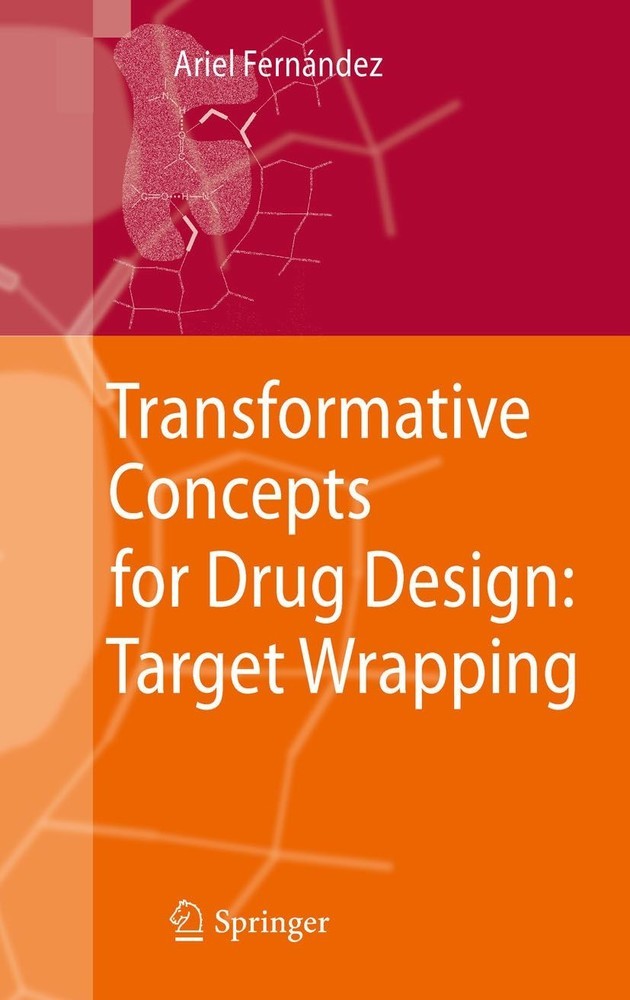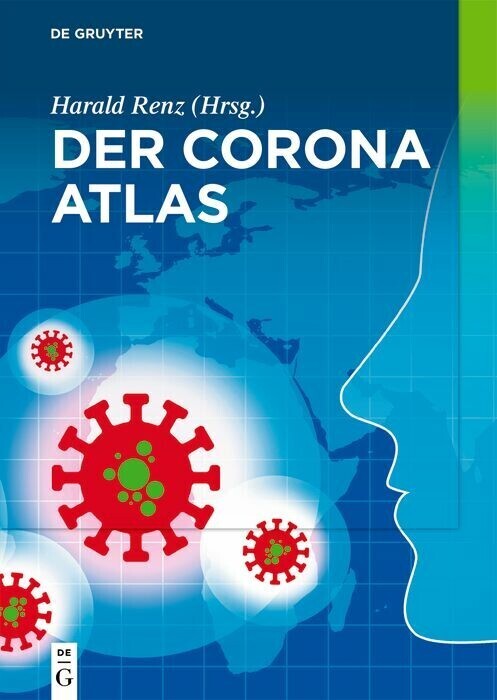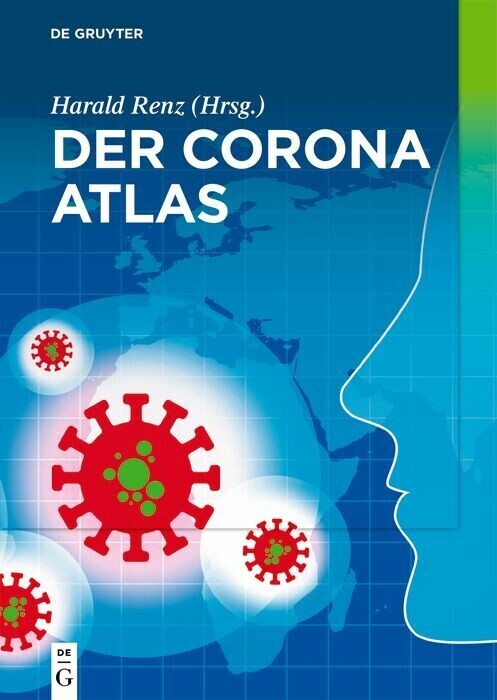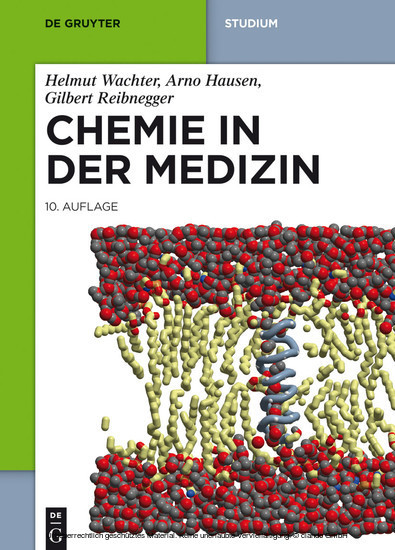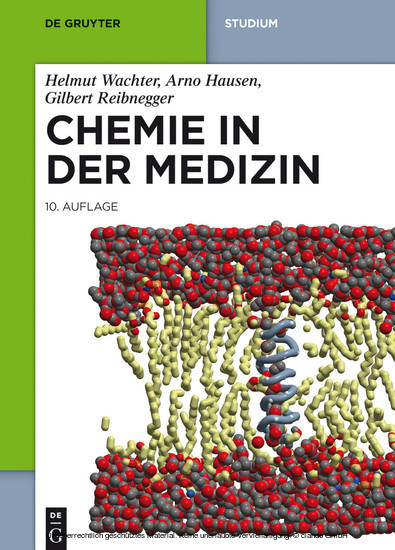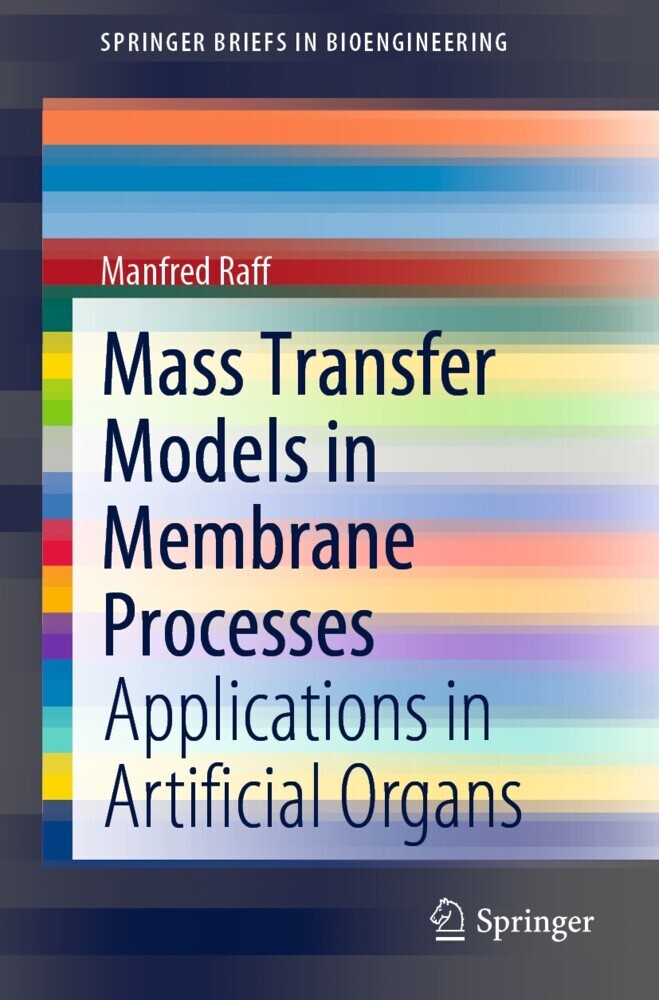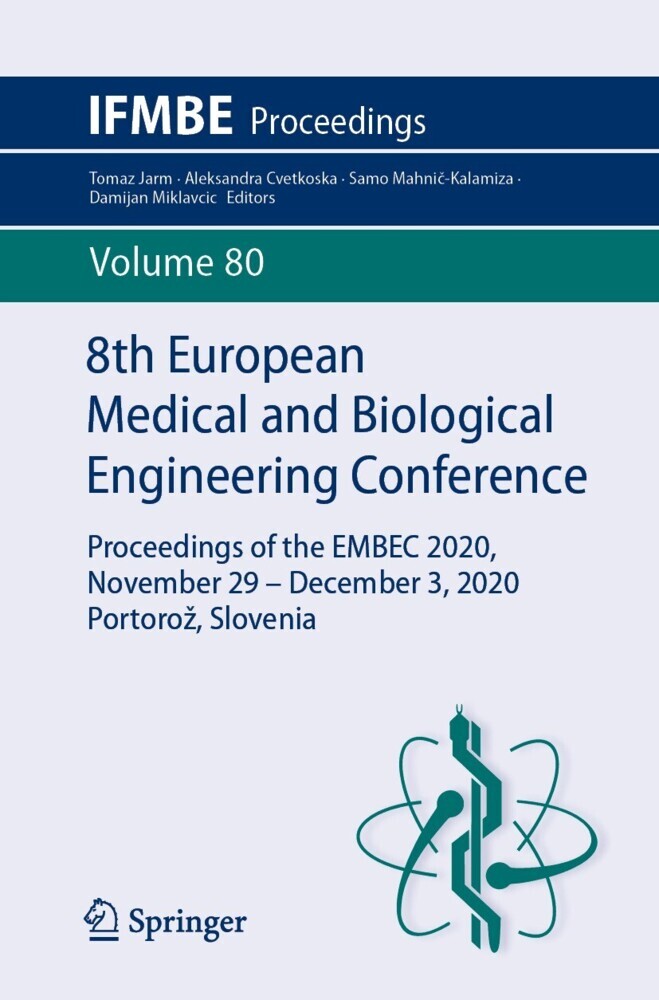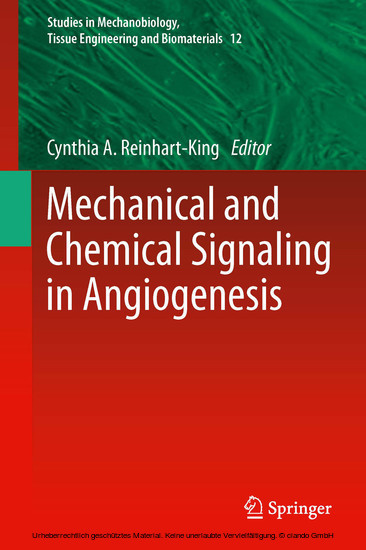Transformative Concepts for Drug Design: Target Wrapping
Target Wrapping
In spite of the enticing promises of the post-genomic era, the pharmaceutical world is in a state of disarray. Drug discovery seems now riskier and more uncertain than ever. Thus, projects get routinely terminated in mid-stage clinical trials, new targets are getting harder to find, and successful therapeutic agents are often recalled as unanticipated side effects are discovered. Exploiting the huge output of genomic studies to make safer drugs has proven to be much more difficult than anticipated. More than ever, the lead in the pharmaceutical industry depends on the ability to harness innovative research, and this type of innovation can only come from one source: fundamental knowledge. This book squarely addresses this crucial problem since it introduces fundamental discoveries in basic biomolecular research that hold potential to broaden the technological base of the pharmaceutical industry. The book takes a fresh and fundamental look at the problem of how to design an effective drug with controlled specificity. Since the novel transformative concepts are unfamiliar to most practitioners, the first part of this book explains matters very carefully starting from a fairly elementary physico-chemical level. The second part of the book is devoted to practical applications, aiming at nothing less than a paradigm shift in drug design. This book is addressed to scientists working at the cutting edge of research in the pharmaceutical industry, but the material is at the same time accessible to senior undergraduates or graduate students interested in drug discovery and molecular design.
1;Preface;6 2;Contents;8 3;1 Protein Cooperativity and Wrapping: Two Themes in the Transformative Platform of Molecular Targeted Therapy;12 3.1;1.1 Many-Body Problems for the Drug Designer;12 3.2;1.2 Cooperative Protein Interactions: The Need for the Wrapping Concept;13 3.3;1.3 Poorly Wrapped Hydrogen Bonds are Promoters of Protein Associations;17 3.4;1.4 Wrapping Defects Are Sticky;20 3.5;1.5 Cooperative DrugTarget Associations: A Window into Molecular Engineering Possibilities;23 3.6;References;25 4;2 Wrapping Defects and the Architecture of Soluble Proteins;27 4.1;2.1 How Do Soluble Proteins Compensate for Their Wrapping Defects?;27 4.2;2.2 Thermodynamic Support for the Dehydron/Disulfide Balance Equation;32 4.3;2.3 Evolutionary Support for the Balance Equation;34 4.4;2.4 Wrapping Translates into Protein Architecture;34 4.5;References;36 5;3 Folding Cooperativity and the Wrapping of Intermediate States of Soluble Natural Proteins;37 5.1;3.1 Many-Body Picture of Protein Folding: Cooperativity and Wrapping;37 5.2;3.2 Hydrogen Bond Wrapping Requires Cooperative Folding;40 5.3;3.3 Generating Cooperative Folding Trajectories;42 5.4;3.4 Wrapping Patterns Along Folding Trajectories;47 5.5;3.5 Nanoscale Solvation Theory of Folding Cooperativity: Dynamic Benchmarks and Constant of Motion;51 5.6;3.6 Dehydronic Field Along the Folding Pathway and the Commitment to Fold;55 5.7;References;56 6;4 Wrapping Deficiencies and De-wetting Patterns in Soluble Proteins: A Blueprint for Drug Design;58 6.1;4.1 Hydration Defects in Soluble Proteins;58 6.2;4.2 Wrapping as a Marker of Local De-wetting Propensity;59 6.3;4.3 Dehydrons Are Loosely Hydrated;61 6.4;4.4 Displacing Loose Hydrating Molecules: A Blueprint for the Drug Designer;64 6.5;References;66 7;5 Under-Wrapped Proteins in the Order-Disorder Twilight: Unraveling the Molecular Etiology of Aberrant Aggregation;68 7.1;5.1 Dehydron Clusters and Disordered Regions;68 7.2;5.2 Discrete Solvent Effects Around Dehydrons;70 7.3;5.3 Dielectric Modulation of Interfacial Water Around Dehydrons;74 7.4;5.4 A Study Case: Dielectric Quenching in the p53 DNA-Binding Domain;76 7.5;5.5 Proteins with Dehydron Clusters;77 7.6;5.6 Misfolding and Aggregation: Consequences of a Massive Violation of Architectural Constraints;80 7.7;References;86 8;6 Evolution of Protein Wrapping and Implications for the Drug Designer;88 8.1;6.1 An Evolutionary Context for the Drug Designer;88 8.2;6.2 Wrapping Across Species: Hallmarks of Nonadaptive Traits in the Comparison of Orthologous Proteins;89 8.3;6.3 Wrapping and Natural Selection;91 8.4;6.4 How Do Humans Cope with Inefficient Selection?;93 8.4.1;6.4.1 Regulatory Patterns for Paralog Proteins;94 8.4.2;6.4.2 Wrapping Deficiency Causes Dosage Imbalance and Regulation Dissimilarity;96 8.5;6.5 Human Capacitance to Dosage Imbalances in the Concentrations of Under-Wrapped Proteins;102 8.6;6.6 Why Should the Drug Designer Be Mindful of Molecular Evolution?;102 8.7;References;104 9;7 Wrapping as a Selectivity Filter for Molecular Targeted Therapy: Preliminary Evidence;106 9.1;7.1 The Specificity Problem in Drug Design;106 9.2;7.2 Ligands as Wrappers of Proteins in PDB Complexes: Bioinformatics Evidence;112 9.3;7.3 Poor Dehydron Wrappers Make Poor Drugs;114 9.4;7.4 Wrapping as a Selectivity Filter;114 9.5;7.5 Wrapping as a Selectivity Filter: An Exercise in Drug Design;116 9.6;7.6 Wrapping-Based Selectivity Switch;120 9.7;References;122 10;8 Re-engineering an Anticancer Drug to Make It Safer: Modifying Imatinib to Curb Its Side Effects;125 10.1;8.1 Rational Control of Specificity: Toward a Safer Imatinib ;125 10.2;8.2 Unique De-wetting Hot Spots in the Target Protein Provide a Blueprint for Drug Design;126 10.3;8.3 In Silico Assays of the Water-Displacing Efficacy of a Wrapping Drug;133 10.4;8.4 High-Throughput Screening: Test-Tube Validation of the Engineered Specificity;133 10.5;8.5 In Vitro Assays: Selectively Modulating Imatinib Impact;135 10.6;8.6 In Vitro Assay of the Se
Fernandez, Ariel
| ISBN | 9783642117923 |
|---|---|
| Artikelnummer | 9783642117923 |
| Medientyp | E-Book - PDF |
| Auflage | 2. Aufl. |
| Copyrightjahr | 2010 |
| Verlag | Springer-Verlag |
| Umfang | 230 Seiten |
| Sprache | Englisch |
| Kopierschutz | Digitales Wasserzeichen |

